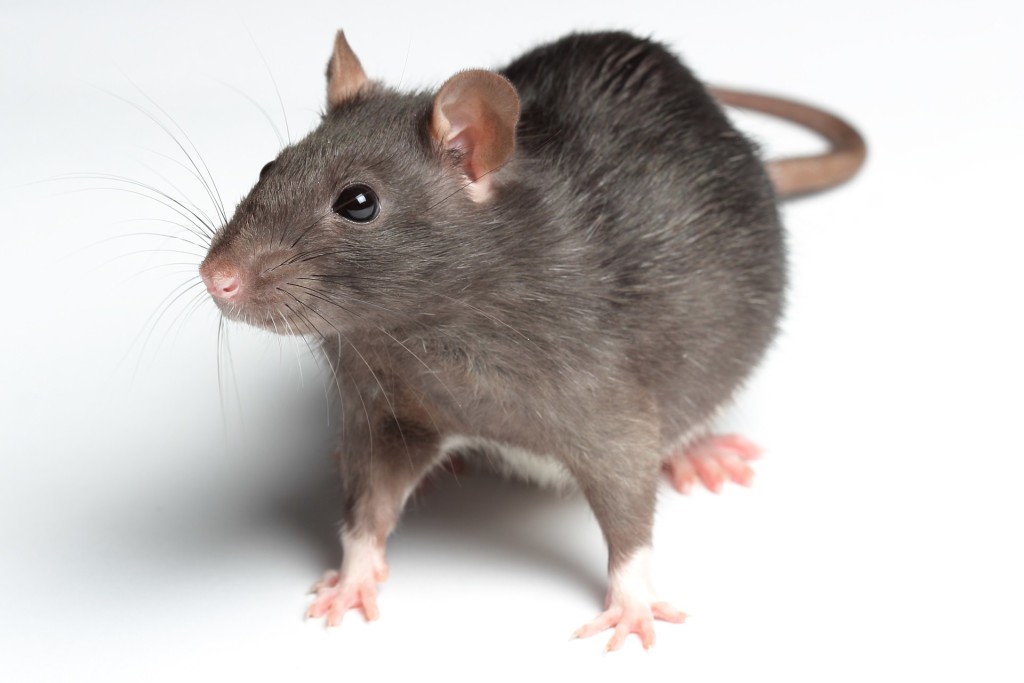
New light has recently been shown on the methods that are commonplace for treating addiction. I’m sure that the reader remembers hearing the story of this experiment at some point in their life: A scientist puts several rats in cages with two water bottles. One is filled with regular drinking water, while the other has drinking water laced with heroin or cocaine. The rats are in a cage alone with no company and nothing to do except get high. They end up drinking the laced water until they die from their drug use. This has experiment has been used to explain drug addiction to the masses since the 1970’s. It’s interesting to see that, though this study is of no doubt compelling to explain the effects of drug abuse, it is completely misleading.
There was another, little known study that went into further detail with the drug addicted rats. It was conducted in the 1970’s by a psychology professor in Vancouver named Bruce Alexander. In his version of the experiment he used more variables to help him understand more definitively the effects of drug use on the rats. The major change he made to the experiment was that he put the rats in a different environment. He put all kinds of toys and activities for the rat in the cage along with the heroin/cocaine water. In this experiment, it was demonstrated that the rats in the more positive environment used less than 25% of the amount of drugs than the rats which had a poor, under-stimulating environment. He even went so far as to use rats that had been physically addicted to heroin for 57 days as a control group. They had the same result, when placed in the “Rat Park,” as the rats that were never physically dependent on the drug.
This study explains why a trend has become popular in the addiction treatment field. As it turns out, changing your environment is everything! Not only geographically, but socially.
This phenomenon could be explained even further by looking at the example of the Vietnam War. During this heinous conflict, 20% of American soldiers became physically dependent on Heroin. There was wide spread panic when the war ended. People thought millions of war torn heroin addicts were going to be assimilated back into society. When to the contrary, 95% of those addicted to heroin shook off their addictions as they assimilated back into their positive social environments (some needed professional help, but still inevitably succeeded).
It appears that Bruce Alexander’s experiment with rats could have more to do with human recovery from drug addiction than one may have initially thought. Look at a country like Portugal for example. In past years they have been a country plagued with rampant heroin addiction. Up to 1% of the entire population was once afflicted by heroin dependence. They attempted to wage a war on drugs. However, the war seemed to escalate the problem instead of diminishing it. They adopted a new system by completely decriminalizing drug use across the spectrum, and the result was appalling. They used the funds that became available when no longer spent on imprisoning addicts, to fund programs that helped addicts assimilate back into regular life. Drug addiction statistics took a drastic positive turn.
As it turns out, turning your back on addicts and punishing their disease only escalates the problem. The real solution is nothing short of giving the addict a shoulder to lean on. Providing programs for social assimilation proves to be far more effective than what we are doing. The close that the U.S. comes to adopting the solution found in Portugal to addiction, the faster the war on drugs will end itself.
-Sam Kwalwasser
